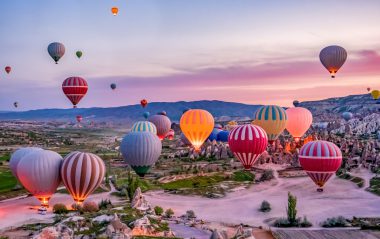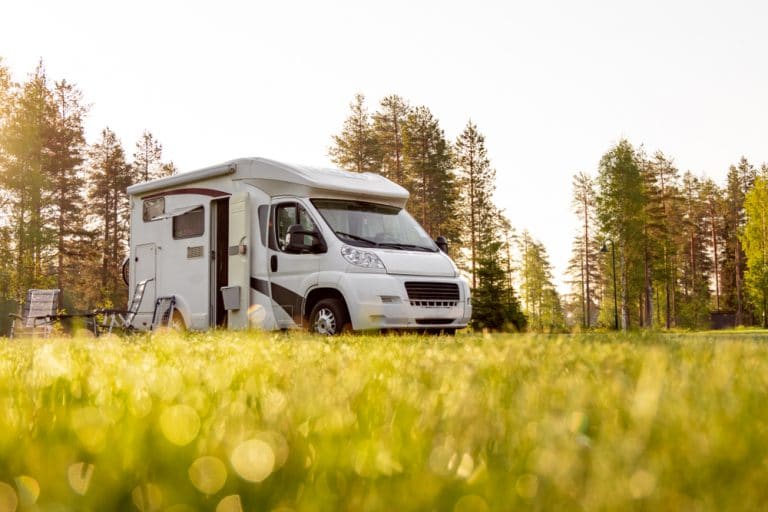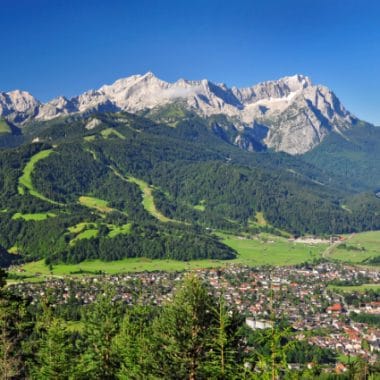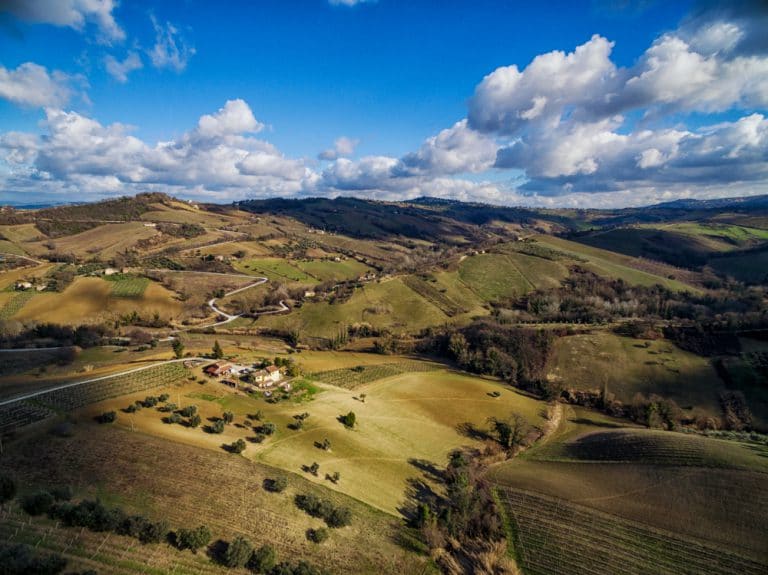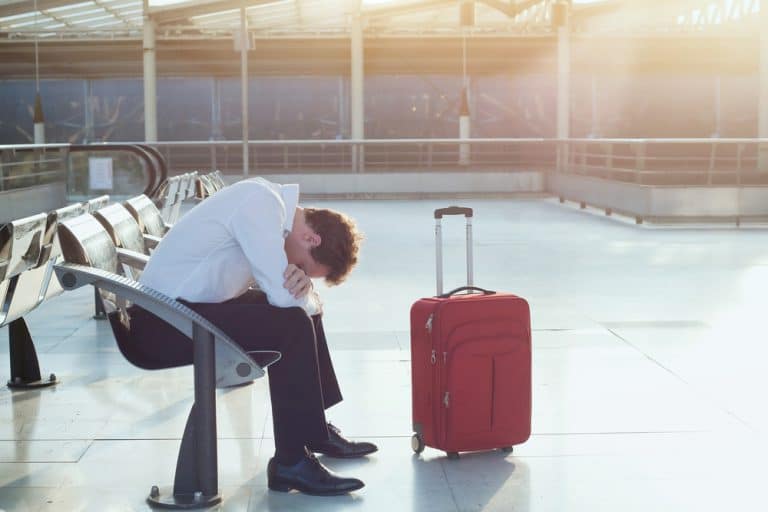Before every flight, as a traveler, you have to ask yourself the question: How do I, and my luggage, get to the desired destination airport in the best and most comfortable way? Just recently I read a “virtual cry for help” in an online forum, in which someone had to quickly move from Wiesbaden to Frankfurt Airport. The holidaymaker was unable to access public transport due to train cancellations and fully booked buses.
An alternative is to book an airport taxi. However, this convenient option is not cheap and therefore not suitable for every budget.
So if you want to get to the airport comfortably and inexpensively, we can only warmly recommend arriving in your own car. The advantages are obvious:
- You pack your car in good time before departure and can thus make your home fit for a holiday without stress, e.g. close doors and windows, use up food or distribute it in the neighbourhood, take electronics off the grid
- You have the security of arriving on time and are not dependent on the reliability of the taxi company or public transport.
- Even after returning from vacation, you return home stress-free
Cost-effective parking
Cost-effective parking? At the airport? Yes, you read that right. That is possible. We tested the renowned provider Parkos (the parking space was booked easily and quickly via the online portal) and flew to Mallorca for four days. Our flight at Frankfurt Airport didn’t leave until late in the evening at 7:30 p.m. on Saturdays. We had already done the most important errands the day before, so we spontaneously decided to travel to Frankfurt early to look around the city after dropping off our luggage.
But first things first: After we had parked our car in the shuttle parking lot shortly after twelve, the shuttle service took us to the desired Terminal 1 in less than 15 minutes.
Sightseeing in Frankfurt
What do you do in the Rhine-Main metropolis of Frankfurt if you have set yourself a time limit of just under five hours? Of course, first go out for a bite to eat.
What could be better suited here than the “Freßgass”, which is known beyond the Hessian state borders. Since the 1st World War, grocery stores have been coming here on Große Bockenheimer Straße.
Freshly strengthened, window shopping on the Zeil followed. Although you have to admit that window shopping is only half as much fun if you know from the outset that you won’t buy anything so as not to burden your holiday budget unnecessarily. After a visit to the Römerberg and extensive relaxation on the banks of the Main, we made our way back to the airport.
Returning from vacation – The car is already waiting
Four days later. Unfortunately, the vacation went by much too quickly. After we had taken our luggage off the conveyor belt, we called the Parkfuchs team. After the message that we landed safely, we were picked up directly in the entry and exit zone and driven to our car. As expected, this was still in the best condition in our chosen parking lot.
We would always fall back on the possibility to park our car in the shuttle parking lot. There are many advantages to this travel option to the airport:
- Cheap price compared to the classic airport taxi
- No dependence on train and train
- Easy online booking
- Video-monitored pitches
- Fast and friendly shuttle service
- The provider we have chosen, Parkos, also offers other services, but we have not used them. If you don’t want to use the shuttle bus, you can hand over your vehicle to the service provider directly at the airport at the valet parking service (Valet) and get the car keys handed over in person after your return, of course including the vehicle.



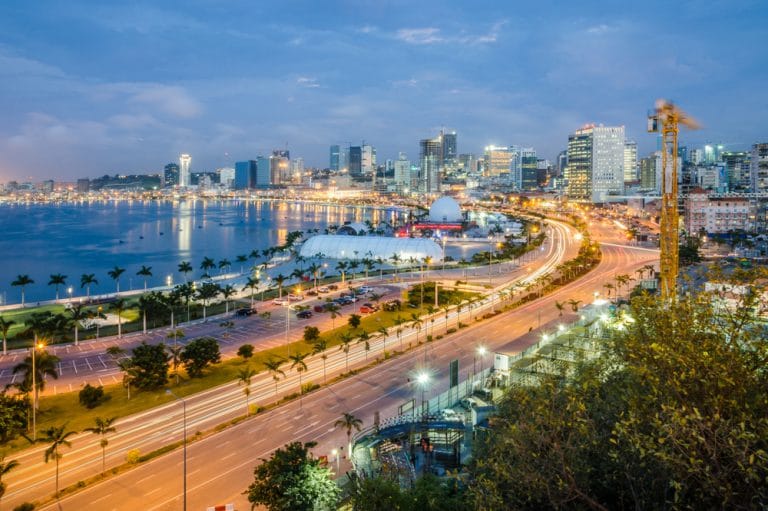
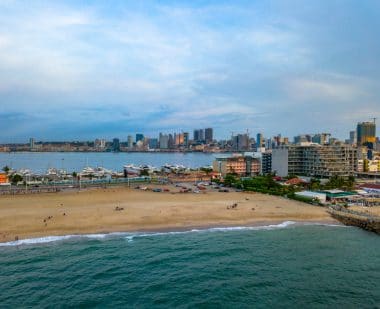 On the extensive, white beaches of the Corimba and Benfica districts, locals and tourists enjoy grilled, freshly caught fish served with rice or salad at small beach huts. The local cuisine is also based on seafood, cassava root, corn and poultry; particularly like to be processed into spicy-hot stews. In larger cities like Luanda, you can clearly see Portuguese remnants in the cuisine.
On the extensive, white beaches of the Corimba and Benfica districts, locals and tourists enjoy grilled, freshly caught fish served with rice or salad at small beach huts. The local cuisine is also based on seafood, cassava root, corn and poultry; particularly like to be processed into spicy-hot stews. In larger cities like Luanda, you can clearly see Portuguese remnants in the cuisine.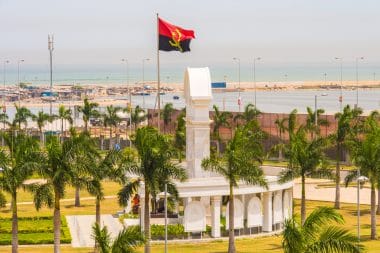

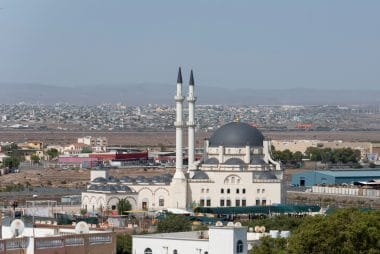
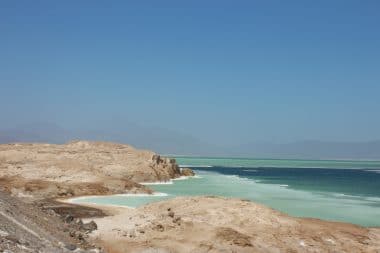
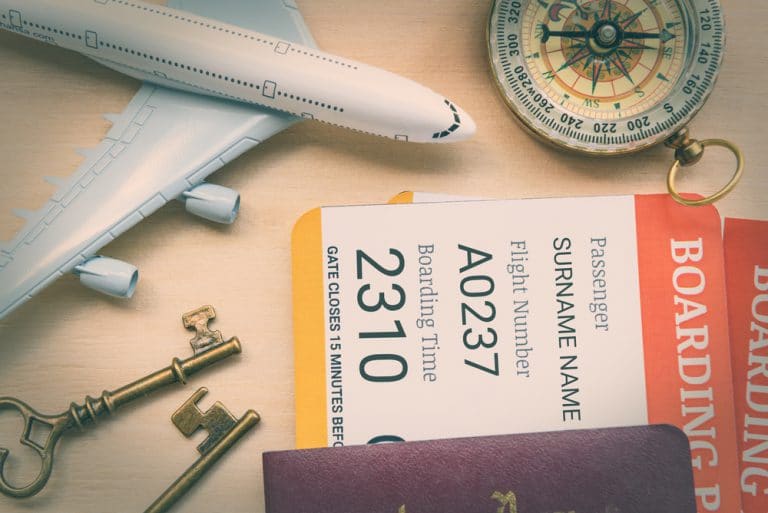
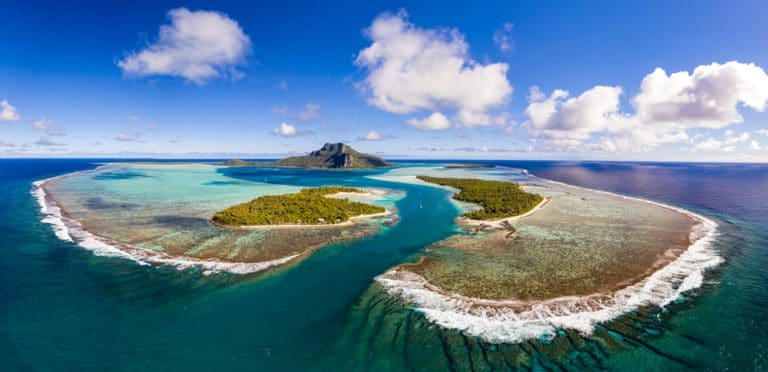
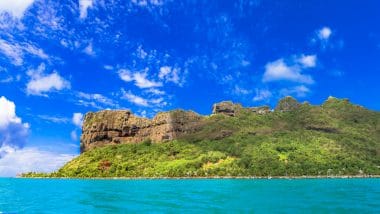


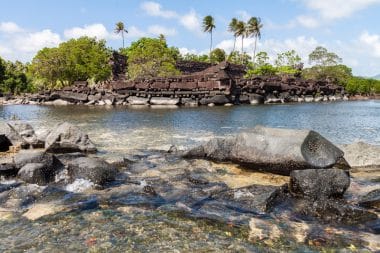


 This is probably the best place to get a feel for Cappadocia, both from a geological and historical standpoint. Between the architecture and the rock paintings, this is without question the top tourist attraction in the region. You can go in and out of old churches painted with frescoes and stroll through alleys carved into the rock. Consider that some of these frescoes were painted over a thousand years ago and are still as vivid as if the paint had just dried. The view from the balconies over the valley to the great expanse of the fairy chimneys is also unique. If you’ve brought a camera to Cappadocia (and you should! – If you don’t have a camera, check out
This is probably the best place to get a feel for Cappadocia, both from a geological and historical standpoint. Between the architecture and the rock paintings, this is without question the top tourist attraction in the region. You can go in and out of old churches painted with frescoes and stroll through alleys carved into the rock. Consider that some of these frescoes were painted over a thousand years ago and are still as vivid as if the paint had just dried. The view from the balconies over the valley to the great expanse of the fairy chimneys is also unique. If you’ve brought a camera to Cappadocia (and you should! – If you don’t have a camera, check out 